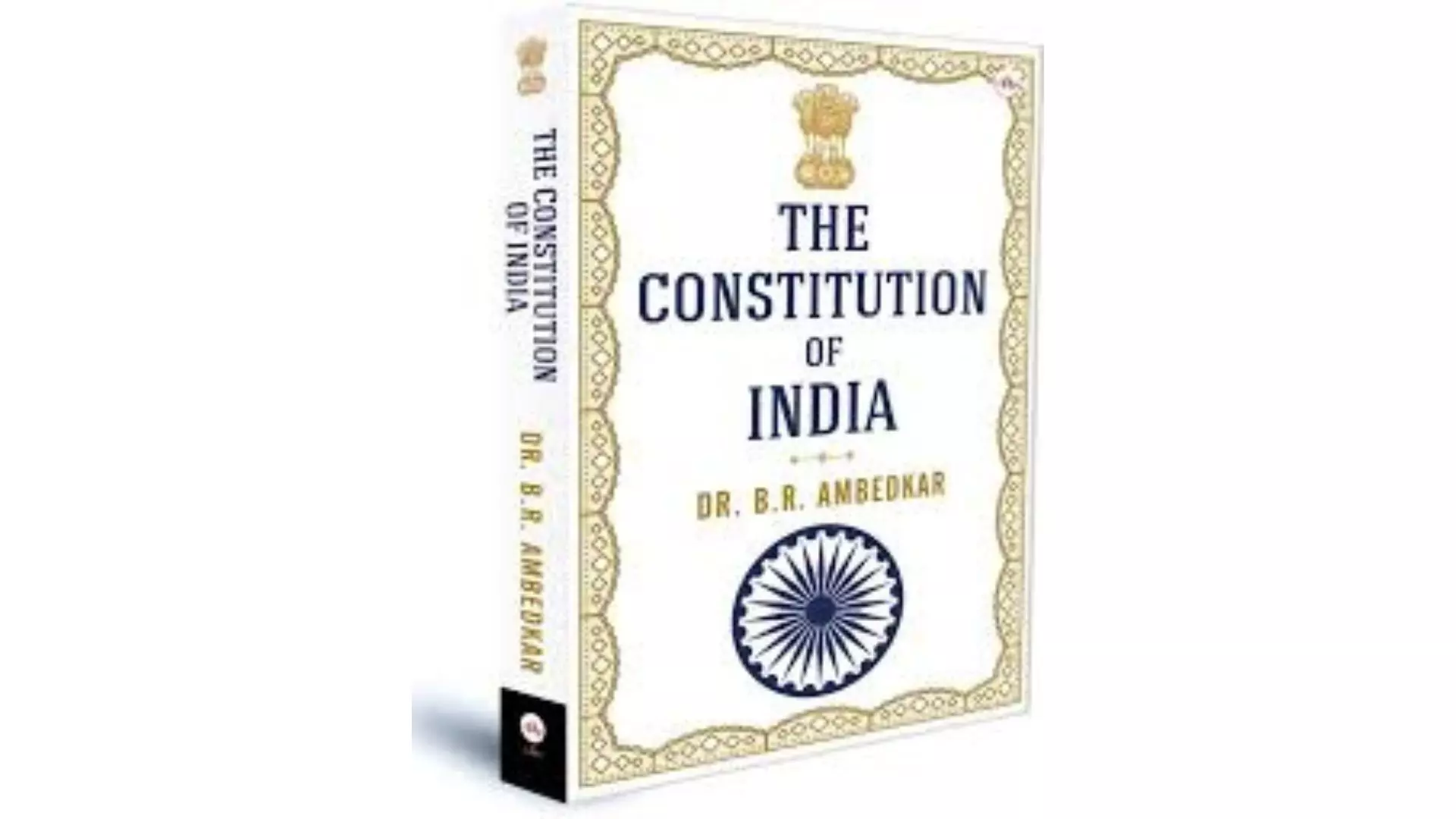DC Edit | Delimitation row: Focus on population goals too
The critical question the country must ponder while taking up the topic of delimitation is population stabilisation and the attendant issues

The demand made by an all-party meeting the Tamil Nadu government had called on Wednesday of a status quo on the distribution of Lok Sabha seats to states based on the 1971 census for the next 30 years calls for debating the relationship between delimitation and national goals with respect to population control. The meeting also asked the Union government to introduce an amendment to the Constitution this effect.
As per the Constitution, the next delimitation exercise would be based on data derived from the census held after 2026. But if the demand of the Tamil Nadu parties is to be fulfilled, it will be based on 1971 data; which means the same data would then go on and remain in effect for 85 years. It may be remembered that the decision to freeze the calculations for 25 years on the 1971 census was taken in 1976 and extended later in 2001 as a “motivational measure to enable state governments to pursue the agenda for population stabilisation”.
The critical question the country must ponder while taking up the topic of delimitation is population stabilisation and the attendant issues. The fact is that while several states have gone far in their efforts and top all performance charts based on human development indices, some keep lagging. The cumulative result is a big disparity in quality of life — those with less population make rapid progress in their HDI indices and vice-versa. Now, ironically, successful states will have lesser say in defining national goals while the laggards will enjoy more political power.
The Constitution mandates that the number of seats in the Lok Sabha be decided “in such manner that the ratio between that number and the population of the state is, so far as practicable, the same for all states”. It is very natural that there will be an unacceptable anomaly in that ratio when the population figure is frozen on the 1971 data when the states show huge disparities in their rate of population growth.
These two issues must be addressed in tandem if the solution to this difficult situation is to be found in the spirit of democracy. Population growth is a product of a range of factors including health, education, cultural background and historical trends. Of them, governments can make a direct intervention in education and health which can have an immediate impact. A piece of data will illustrate this better — female literacy in Rajasthan, which has registered a high rate of population growth over the last 50 years, is 52 per cent while in Tamil Nadu it’s 73.
But leaders may yet reach a consensus on arriving at a formula for seat distribution which factors in the surge in population without asking those who have stabilised their population to pay an unreasonable price. Equally important is bringing the focus back on rolling out a national programme that can help the poor performers control their population growth. It will not be a Herculean task since we have successful models within the country itself. A time-bound result-oriented plan for major governmental intervention in health and education would be a reasonable first step.

